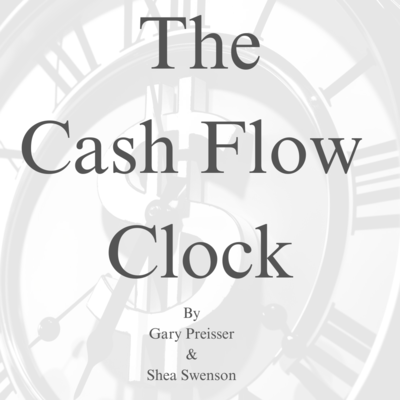The Cash Flow Clock: For Retirees - Book - Page 23

The Cash Flow Clock
Unfortunately, what should happen and what does happen are not necessarily
the same thing. Some investments underperform expectations, others
outperform. Excess returns are measured by Alpha.
The benchmark always has an Alpha of 0. Investments with negative alpha
have underperformed the benchmark. Those with positive Alpha have
outperformed.
If an investment has an Alpha of positive 2, then it has generated 2% higher
return than what was expected based on its level of risk. A negative 2 Alpha
means it generated a 2% lower return than what was expected.
Beta tells us how much we should expect to return relative to the market.
Alpha tells us how well we performed relative to our expectations.
By using these metrics, we can determine how efficiently our portfolio is
performing.
If our portfolio earned 20% in a given year and the S&P 500 also returned
20% during the same time period, we would probably feel pretty good about
our investments. But if we determine that our Beta was 1.5, it means that we
took 50% more risk but earned the same amount as the market.
The whole point of taking more risk is to get more return, not the same.
By taking 50% more risk than the market, we expected to earn 50% more
than the market so we should have earned 30%, not 20%. We are happy we
made money, but we underperformed our expected growth by 10%
(Negative 10 Alpha). There is no reason to be happy about that.
If we are more conservative, we don’t expect to earn as much as the market
because we are taking less risk. We are probably thrilled to earn 7% when
the market is up 20%. But if our conservative portfolio has a Beta of 0.5,
then we should have returned half of what the market did, or 10%. We
underperformed by 3% (Negative 3 Alpha)
Not earning as much as we should in up markets is certainly less than ideal.
But what about down markets?
19